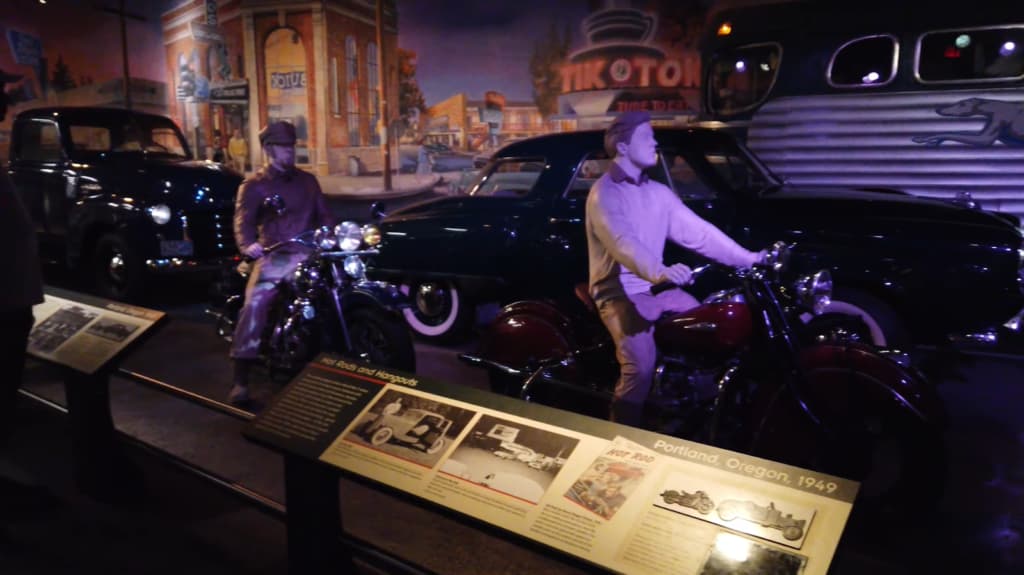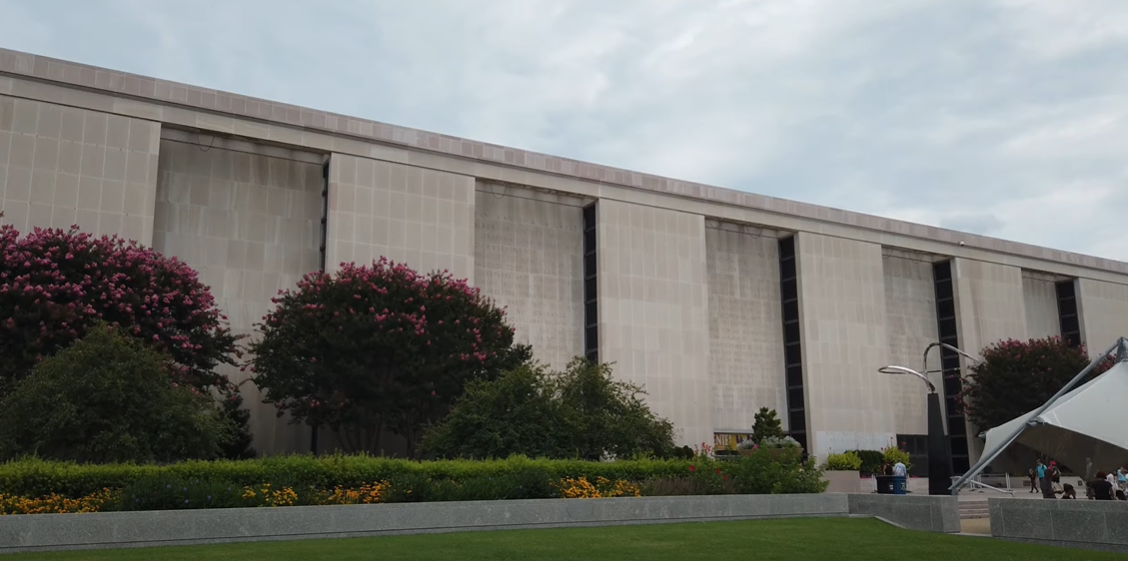The American History Museum, formally known as the National Museum of American History: Kenneth E. Behring Center, is a cornerstone in the preservation and exhibition of the multifaceted narrative of the United States. Its mission encompasses the documentation and showcasing of the nation’s journey across social, political, cultural, scientific, and military domains. Situated at a prime location on the National Mall, at the intersection of 14th Street and Constitution Avenue NW in Washington, D.C., this museum is a proud member of the Smithsonian Institution’s family of museums.
In 2022, the museum welcomed approximately 1.8 million guests, placing it among the top five most frequented museums across the United States.
This institution serves as a custodian of the United States’ legacy, offering a deep dive into its scientific, cultural, social, technological, and political milestones. Spanning from the colonial era to the present day, the museum’s expansive collection—boasting over three million items, including the iconic Star-Spangled Banner—provides a comprehensive exploration of the evolution of American identity and its global impact.
Evolution and Impact of the American History Museum
The inception of what is now known as the American History Museum commenced in the late 1950s, marking the beginning of a new chapter in the preservation and celebration of the United States’ cultural and technological advancements.
Officially opening its doors in January 1964 under the name Museum of History and Technology, it became the sixth Smithsonian establishment gracing the National Mall in Washington, D.C. Since its opening, the museum has welcomed around 4 million visitors annually, who engage with its diverse exhibitions, educational programs, and digital offerings through its website.
- The museum’s journey began on June 28, 1955, when President Dwight D. Eisenhower signed a bill allocating $36 million towards its construction;
- The groundbreaking ceremony took place on August 22, 1958, with the architectural vision entrusted to McKim, Mead, and White, later continued by Steinman, Cain, and White. Mills, Petticord, and Mills took on the roles of associate and supervising architects and engineers;
- Spanning approximately 750,000 square feet, the museum includes a variety of spaces such as a basement, three main exhibition levels, two office collection levels, and a mechanical penthouse.
Positioned on the National Mall, the museum holds the designation of a National Historic Landmark and is recognized for its architectural significance, partly due to being among the last projects of the esteemed McKim, Mead, and White firm, which also contributes to its eligibility for inclusion in the National Register of Historic Places.
In 1980, the institution was renamed the National Museum of American History to more accurately reflect its mission to collect, preserve, and study artifacts representing the American experience.

A significant milestone in the museum’s history was the completion of a comprehensive two-year renovation in 2008, costing $85 million. This renovation rejuvenated the building’s core, enhancing its architectural charm, and led to the creation of a new gallery for the Star-Spangled Banner, alongside updates to its infrastructure. By the end of 2022, the museum finalized an extensive renewal of its 120,000-square-foot west exhibition wing, culminating in the unveiling of the new Entertainment Nation exhibition.
Plan a Visit
Operating Hours:
- 10 a.m. to 5:30 p.m. daily;
- Closed Dec. 25.
Wegmans Wonderplace operates from Wednesday to Sunday, from 10 a.m. to 4 p.m., and remains closed on Monday and Tuesday.
Draper Spark!Lab is available for visits from Wednesday to Sunday, between 11 a.m. and 4 p.m., and is closed on Monday and Tuesday.
- Admission Fees: Free, no tickets are required.
Contact Information
- Phone: +1 202-633-1000;
- Email: [email protected]. For parties consisting of 10 individuals or more, kindly utilize the email address [email protected] for correspondence;
- Website: https://americanhistory.si.edu/.
